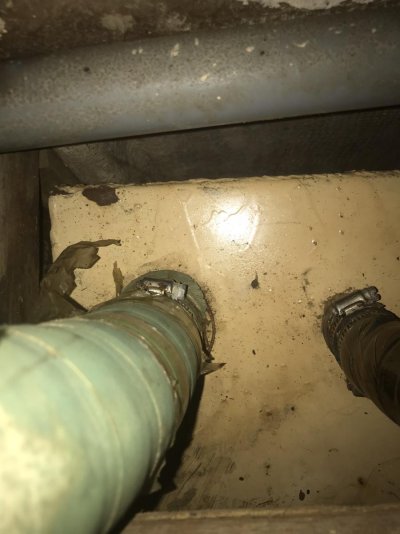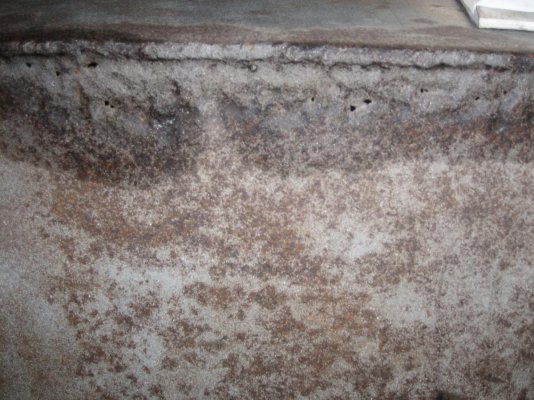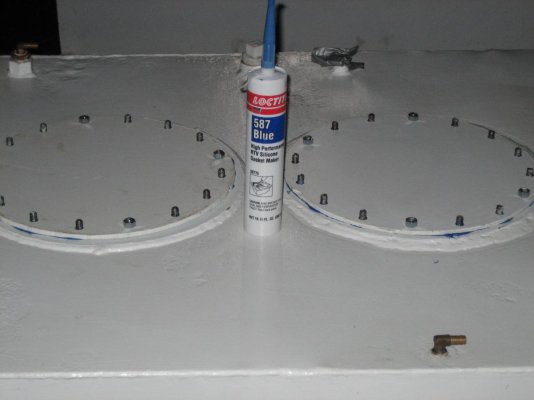The PO of my boat ran into the same issue, as well as other water damage, so to fix her cabin up structurally he had to spend quite a lot, so to remove and replace the tanks as well was going to be a bridge too far - especially in terms of resale value. This latter point needs to be kept in mind.
So, he did something I have not heard anyone else on here do, and if faced with the same issue beforehand, I'm not sure If I would have done this either, but it was the product of thinking outside the square, and proved a good solution, that did not break the bank, and kept costs reasonable, taking to account the likely price he could recover, (and I was willing to pay, of course).
He blanked off the original steel tanks, which were sound except for top rusting, left them in place, so they then became buoyancy tanks, which may well work to slow settling in a hull breach. They were too large (~ 2500L combined), and too high in the hull anyway in my view. He then converted the stainless water tanks in the forward part of the lazaret to fuel, (800L combined, and plenty for most purposes), and although he made do with bladder water tank in the lazaret, I put in two 250L food grade plastic water tanks between the fuel tanks. Both the fuel and water tanks are linked, and drain from the bottom, so self-leveling, and in the case of the fuel tanks, effectively self-cleaning, as crud cannot build up on the bottom.
The system works well, and the weight being concentrated in the after (most buoyant) part of the hull, the balance on the helm is amazing. This latter is an unexpected, or serendipitous bonus, if you like, but she will surf with finger light helm control in front of a large enough wave - I've seen her touch 11.5kn with no hint of broaching.
That conversion was over 18 years ago, and there have been absolutely no issues. So, for anyone faced with tank replacement. There are other ways...just sayin'...
Sure, purists who are anxious over resale will want to totally replace, but then consider the same issue, re-sale, versus what it will cost, compared to the best you could expect to sell for, and maybe the arithmetic comes out different.











